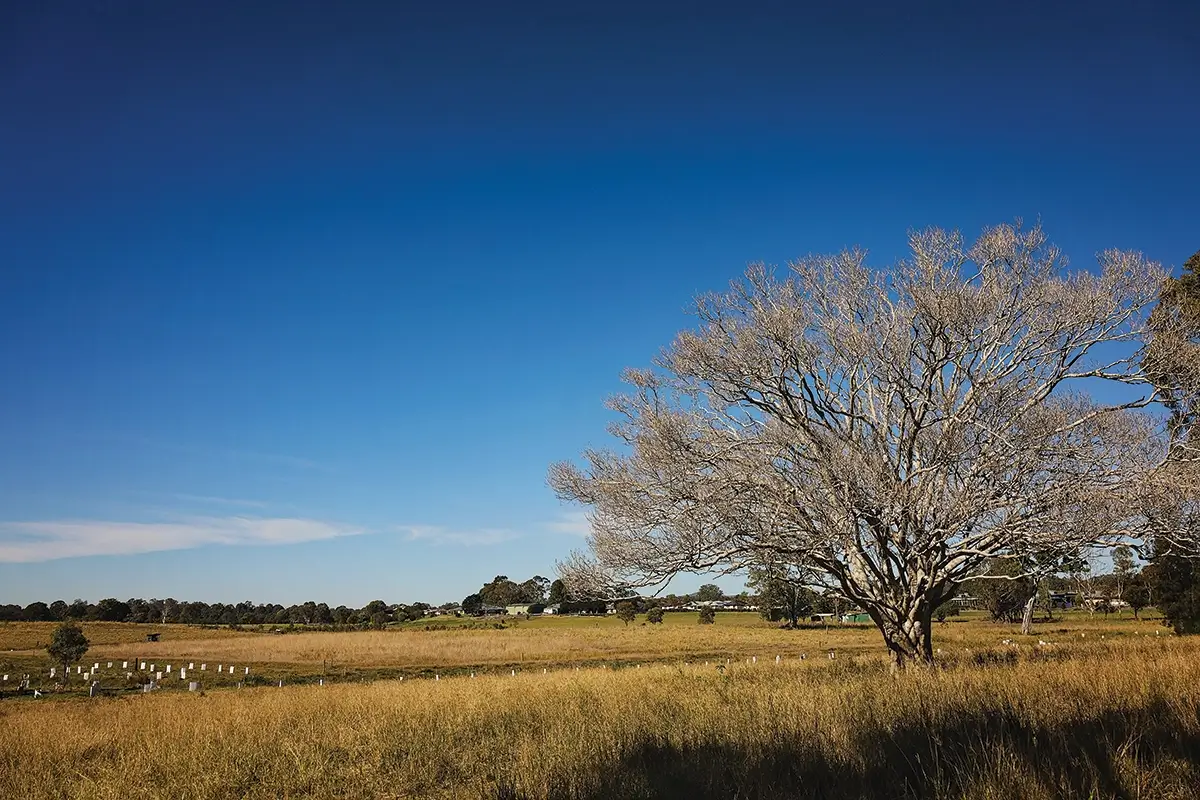“I would like to see the property kept as Land for Wildlife after I have passed on or sold it.”
I suspect that this quote from a Brisbane Land for Wildlife member expresses the sentiment of most Land for Wildlife members. Anyone who has put time, care and money into improving the conservation values of their property wants to see that effort continue well into the future.
The article by Nick Clancy on pages 6-7 talks about this dilemma of being dedicated to long-term conservation outcomes versus the reality of our own mortality. It’s not a great topic to write about, but it is worthwhile for all of us to consider our options when we have to leave our precious properties, and to know that more and more options are becoming available.
It is important to realise that there are buyers wanting to buy conservation properties. The trick is to make the link between those wanting to buy and those selling. One option is to promote your property through an environmental real estate agent, such as ecorealestate.com.au, or to shop around for real estate agents that understand or have had experience selling Land for Wildlife properties.
Some landholders specifically enter into conservation covenants as a way of ensuring continued conservation management into the future. Nick’s article talks about the two main covenanting mechanisms – Nature Refuges with the Queensland Government and Voluntary Conservation Covenants with your Local Government. These options probably favour larger, high conservation value properties, but it is still worth asking the question to see if your property is eligible.
Donation or sale of land to your local council is another option. Not every council has a conservation land acquisition program, and not every property would be a priority for acquisition, but it may be an option. The much-loved Mary Cairncross Scenic Reserve was donated to council by Mary Thynne’s (nee Cairncross) daughters and is one of the most notable reserves on the Sunshine Coast attracting thousands of visitors annually.
Donation or sale of your property to an organisation that is committed to conservation may be an option. There is a rapidly increasing list of organisations and charities that buy and manage land for conservation. Before donating or bequeathing your property, it is important that you touch base with your preferred organisation. The last thing we want to see is that you donate your property to an organisation that doesn’t have the capacity to manage it, so it is sold quickly on the open market.
 In SEQ, there are seven organisations that manage properties for conservation and we are delighted to have them all as members of the Land for Wildlife program:
In SEQ, there are seven organisations that manage properties for conservation and we are delighted to have them all as members of the Land for Wildlife program:
- Australian Wildlife Conservancy (AWC). This is Australia’s largest private land conservation organisation that owns and/or manages more than 12 million hectares of land for conservation. In SEQ, AWC owns Curramore Sanctuary on the Sunshine Coast – see article on page 11 about some of their work.
- Bush Heritage Australia (BHA). With 43 reserves across Australia, Bush Heritage is a leader in conservation and working in partnership with First Nations people. In SEQ, Bush Heritage owns a small reserve in Currumbin Valley, which was bequeathed to BHA by a local landholder.
- Queensland Trust for Nature (QTFN). In SEQ, QTFN owns two properties in the Ipswich region within the Flinders-Karawatha Corridor and the Little Liverpool Range. Aroona Station was donated to QTFN by local landholders.
- Wildlife Land Fund Ltd (WLFL). The WLFL is a volunteer-run not-for-profit company that acquires and manages land for conservation in Queensland. In SEQ, the WLFL owns two properties at Witta and Reesville on the Sunshine Coast. The Witta property was donated to WLFL.
- Bulimba Creek Catchment Coordinating Committee (B4C). In 2015, B4C showed what a group of like-minded people can achieve when they purchased a property at Mount Barney for conservation.
- Australian Koala Foundation (AKF). The AKF is a non-profit NGO that promotes the conservation of wild Koala populations. In SEQ, the AKF owns one property near Kenilworth on the Sunshine Coast, which was bequeathed by the former owners.
- Greening Australia. As a national environmental organisation running for over 40 years, GA has helped restore thousands of hectares of habitat across Australia. In SEQ, GA owns one property that is managed for conservation in the Redlands.
There is an emerging market of organisations committed to returning donated properties to their First Nation owners. In time, I believe that there will be more options of co-ownership between landholders and organisations so that families can continue to have a connection with a property, while the management obligations are taken care of by a skilled conservation land management organisation. It is an interesting space to watch and I wish you all the best with your search if you find yourself in the position of having to leave your piece of paradise.
Article by Deborah Metters
Land for Wildlife Regional Coordinator
